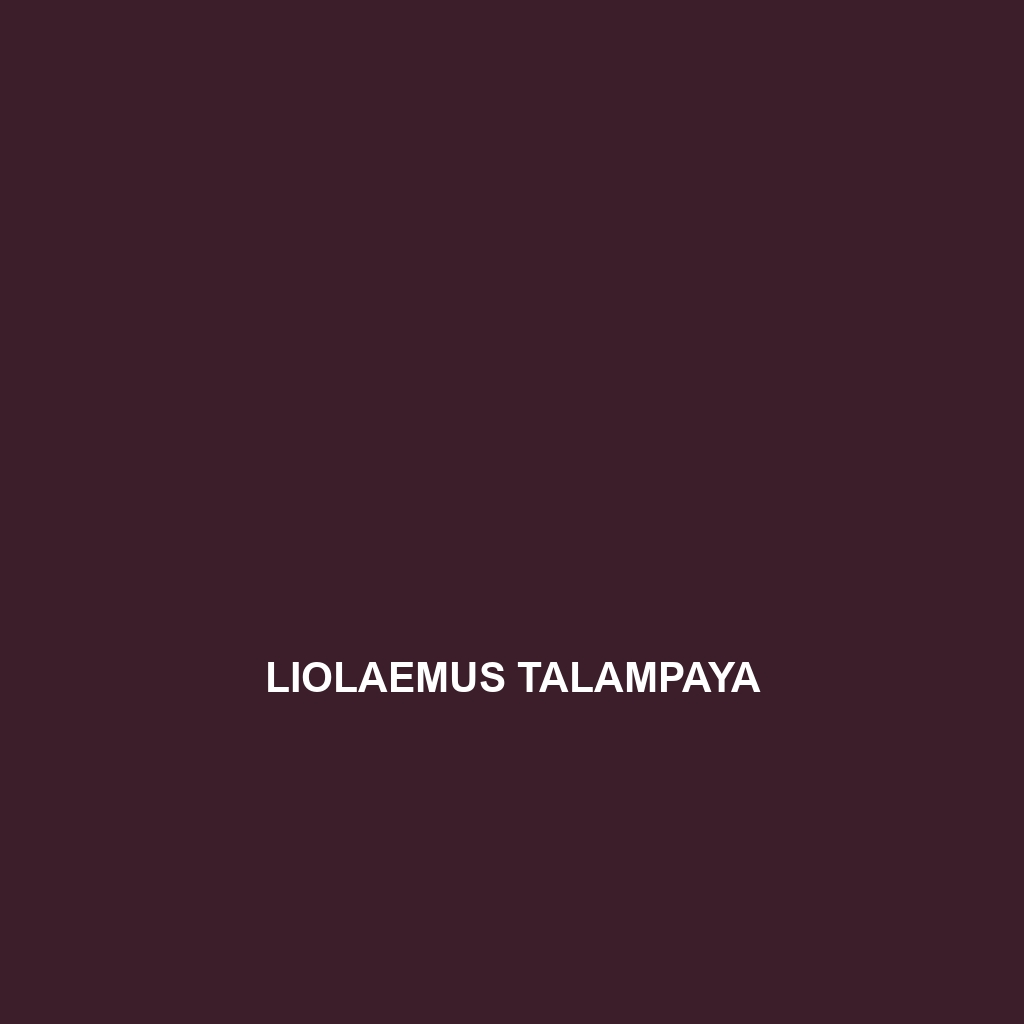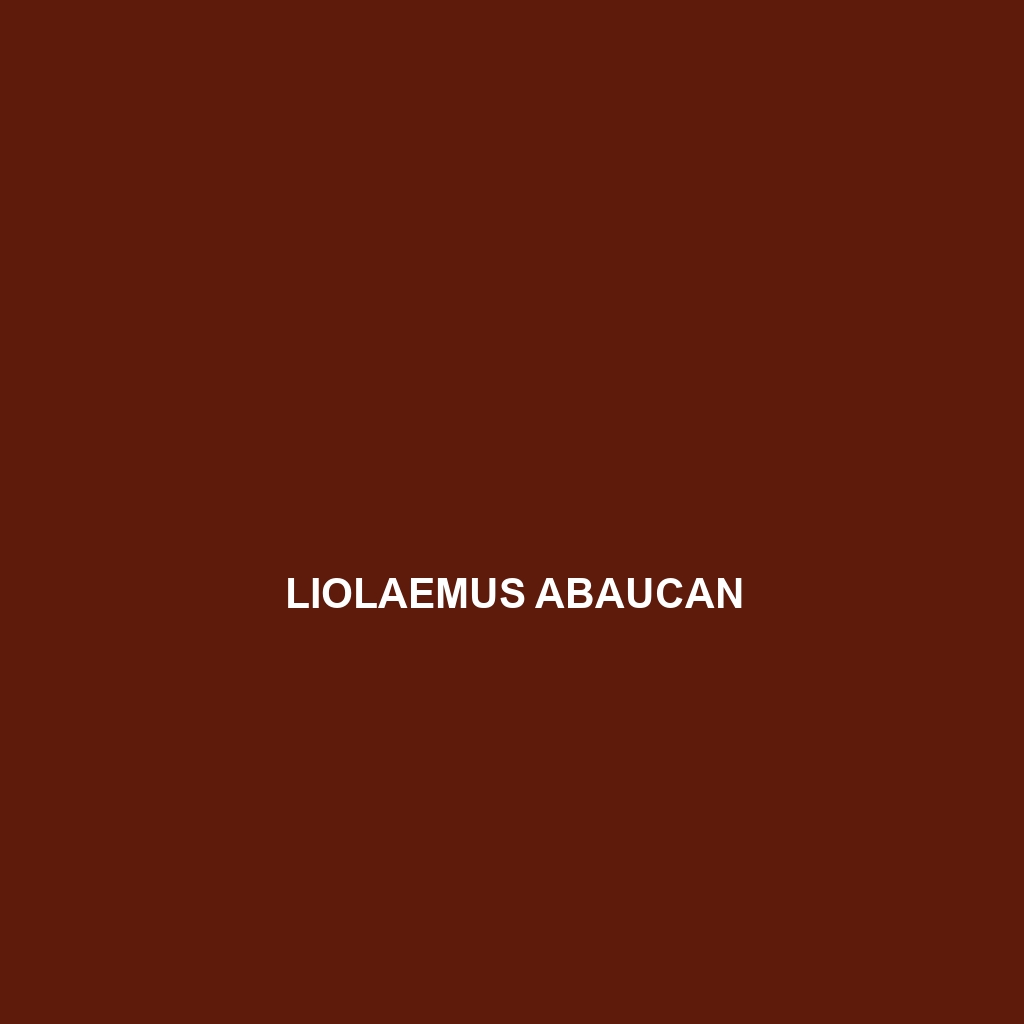Discover the Meroles reticulatus, or reticulated sand lizard, a resilient insectivorous species found in the arid regions of southern Africa, characterized by its striking camouflaged skin and agile behavior, thriving in sandy habitats and playing a vital role in maintaining ecological balance. Perfect for reptile enthusiasts, this fascinating lizard showcases impressive adaptations for survival in harsh desert conditions.
Tag: arid ecosystems
Madatyphlops arenarius
The <b>Madatyphlops arenarius</b>, or sand-dwelling blind snake, is a small, nocturnal insectivore found in arid regions of southern Africa, particularly in sandy habitats of <b>South Africa</b> and <b>Namibia</b>. Reaching lengths of up to 30 cm, this smooth, beige or pale brown snake exhibits reduced eyes and uses its burrowing abilities to hunt for ants and termites while playing a vital role in the ecosystem by controlling invertebrate populations.
Liolaemus velosoi
Discover the captivating Liolaemus velosoi, a small to medium-sized lizard native to the rocky terrains of Argentina's Patagonian region, known for its striking coloration, diurnal behavior, and vital role in maintaining the ecosystem by controlling insect populations. This vulnerable species showcases remarkable adaptability in its arid habitat and participates in essential ecological relationships.
Liolaemus talampaya
Experience the fascinating Liolaemus talampaya, or Talampaya lizard, known for its incredible adaptability to arid environments in Argentina's Talampaya National Park. With striking physical characteristics, a primarily insectivorous diet, and critical roles in controlling insect populations, this resilient species thrives amidst challenging conditions.
Liolaemus basadrei
<b>Liolaemus basadrei</b>, commonly found in the rocky terrains of Patagonia, Argentina, is a distinctive lizard species characterized by its elongated body, rough skin, and diverse coloration ranging from brown to gray. Adapted to arid environments, this active diurnal insectivore plays a crucial role in regulating insect populations while exhibiting fascinating social behaviors during its breeding season.
Liolaemus abaucan
<p>The <b>Liolaemus abaucan</b>, or Abaucan Lizard, is a slender, insectivorous reptile found in the rocky terrains of southern South America, known for its vibrant color variations and ability to adapt to diverse habitats. Measuring 5 to 8 inches in length, this diurnal lizard plays a vital role in its ecosystem by controlling insect populations and serving as prey for larger predators.</p>
Lerista nichollsi
Experience the unique <b>Lerista nichollsi</b>, a fascinating skink species native to Australia's diverse coastal and arid ecosystems. With its sleek, elongated body and exceptional camouflage, this insectivorous reptile thrives in various habitats while playing a vital role in maintaining ecological balance.
Grayia ornata
<b>Grayia ornata</b> is a resilient perennial shrub native to arid climates of North America, known for its slender, grayish-green foliage and clusters of yellowish-green flowers that bloom in late spring. This drought-resistant species plays a crucial role in its ecosystem, providing food for pollinators and contributing to soil stabilization.
Gambelia wislizenii
<p><b>Gambelia wislizenii</b>, or the long-nosed leopard lizard, thrives in arid habitats across the southwestern United States, showcasing a flattened body with distinct camouflaged patterns and a remarkable agility that aids in escaping predators. As an insectivore, it plays a crucial role in its ecosystem by controlling insect populations while also serving as prey for larger species.</p>
Ctenophorus scutulatus
Ctenophorus scutulatus, known as the Centralian Rough Knob-tail Gecko, is a striking lizard native to central Australia's arid regions, identifiable by its unique knob-like tail and sandy beige to reddish-brown coloration adorned with dark stripes. This insectivorous species exhibits agile behaviors, prefers rocky outcrops for basking, and plays a crucial role in pest control within its ecosystem.









